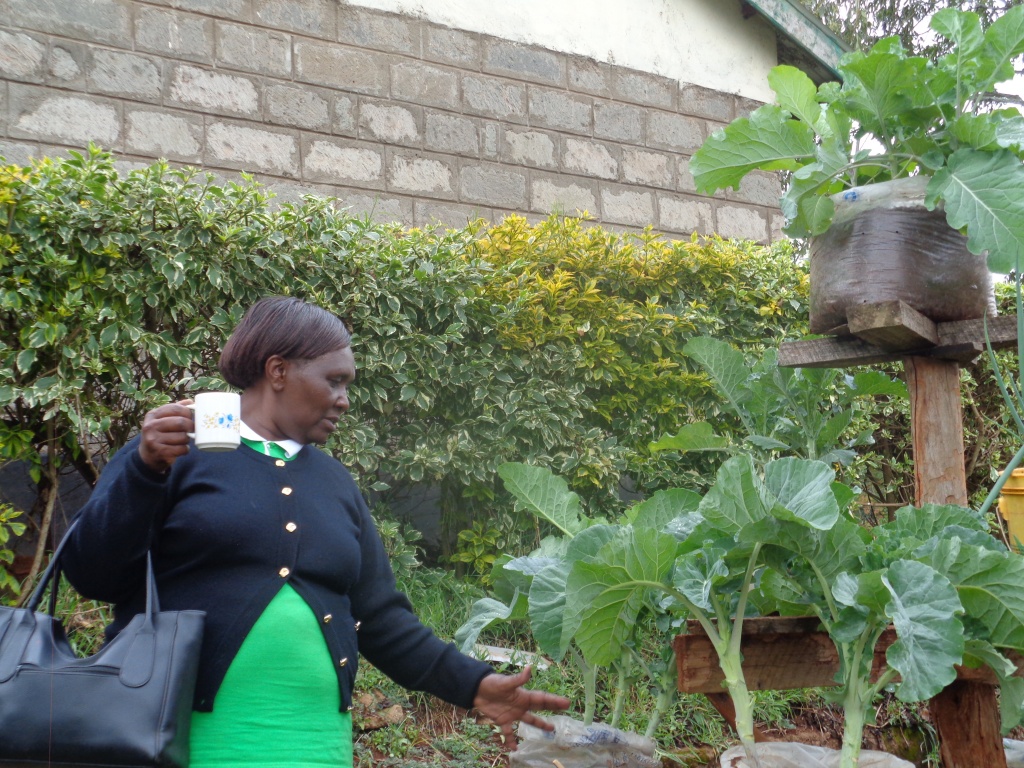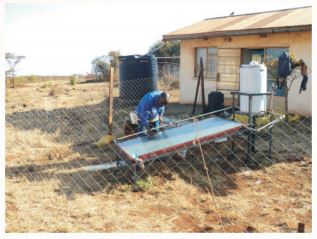
As rural to urban migration surges in Kenya and many parts of the world, many residents are finding it difficult to put food on the table due to the high cost of living. However, some urban residents are coming up with innovative ways to grow vegetables on scarce land in towns by embracing hanging gardens.
A hanging garden is a sustainable landscape architecture, an artistic garden or a small urban farm attached to or built on a wall. They are mainly found in areas where land is scarce or where the farmer is mobile or temporarily living.
Esther Kimani is one such farmer who has embraced the idea of hanging garden in her Nyeri town home so as to feed her family of five. When Farmbiz Africa visited demonstration stand at the Central Kenya Agricultural show at Kabiruini grounds in outskirts of Nyeri County on 16th September 2017, she was busy educating attendees on the importance of hanging gardens as a way to promote sustainable urban farming.
READ ALSO: Farmer championing rooftop gardening in Mombasa
“At first my neighbors and family members were skeptical about the idea as they believed successful farming can only be done in rural farms with adequate space” said Esther. She however went ahead with her plans and established a hanging garden in her backyard space.
READ ALSO: Embracing urban farming
She first identified the portion of the backyard garden with direct access to sunlight as it is important for the growth of the plants. She then employed a casual who fixed posts and hanging timber across to support her pots which she used to plant kales, spinach and onions. She purchased ready seedlings from Nyeri town and transplanted them to polythene bags which could accommodate about 3 to 4 plants at a go.
The pots are mixed with top soil and organic manure at the rate of 1:1 according to Esther who notes that the process takes care of the costly budget and produces fresh, clean, safe vegetables unlike the ones she used to buy earlier and was unsure of their safety. She waters the plants manually twice in a day in the dry season, in the morning and evening.
READ ALSO: Vertical bag farms, relief to small holder farmers
She sells the vegetables from her backyard garden to neighbors and other urban dwellers within Nyeri town. Esther advises urban families to consider venturing into this type of farming as it is economically viable, more hygienic and produces cheap vegetables all year round for your urban family.
With the revolution of agriculture in Kenya and across the globe, this farming method comes in at the right time to cater to the needs of the urban dwellers who not only worry about availability but also the high chemical residue on vegetables in the urban markets.
Write comment (0 Comments)
















